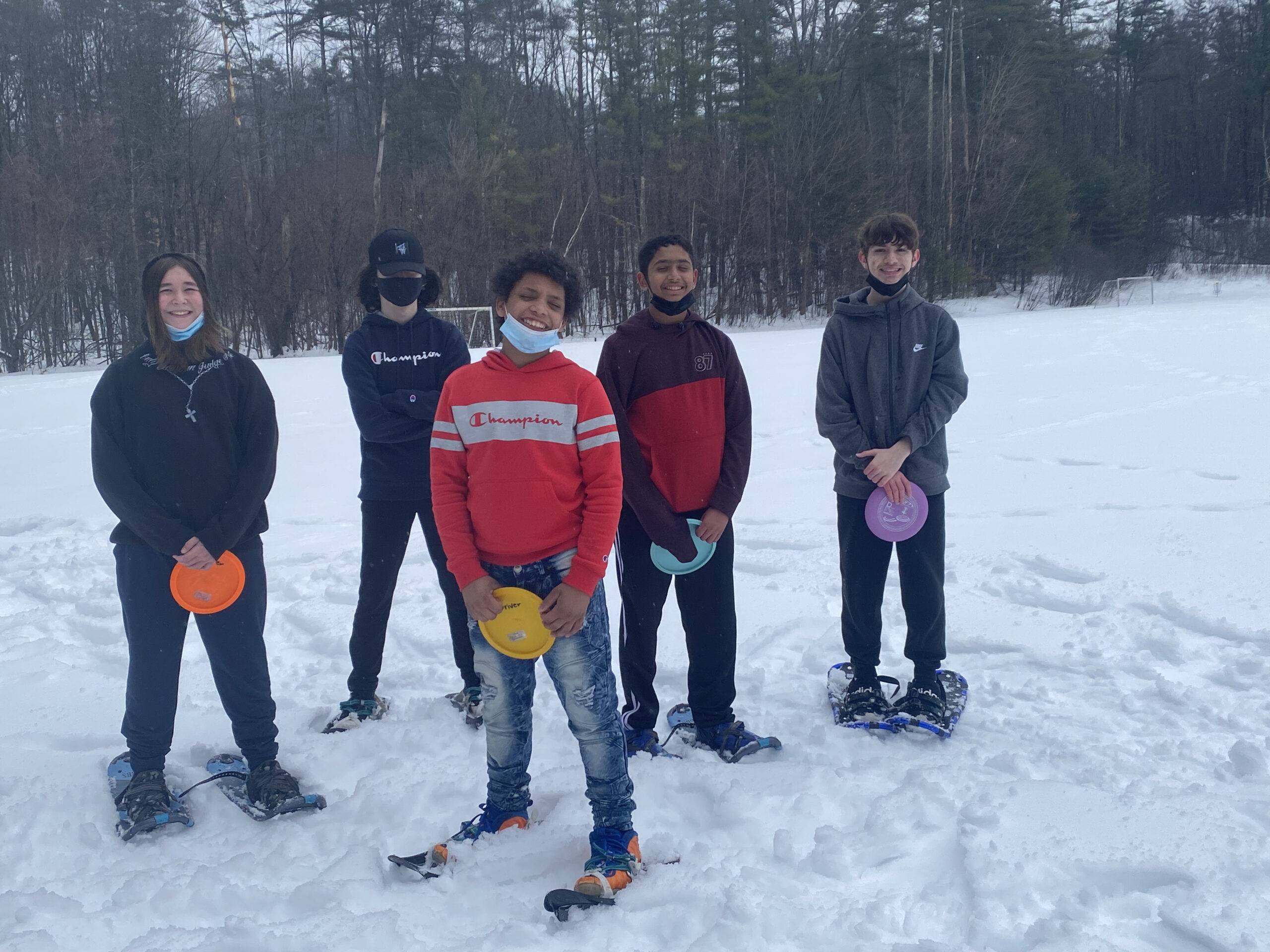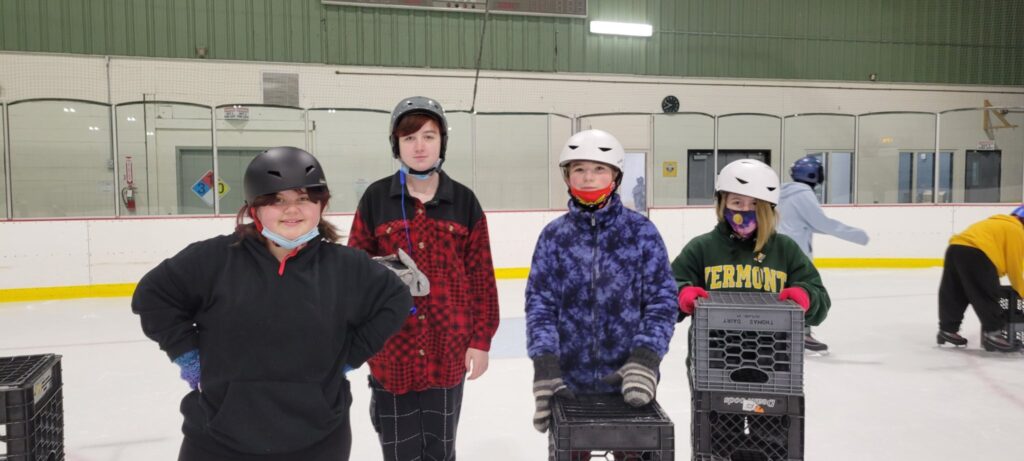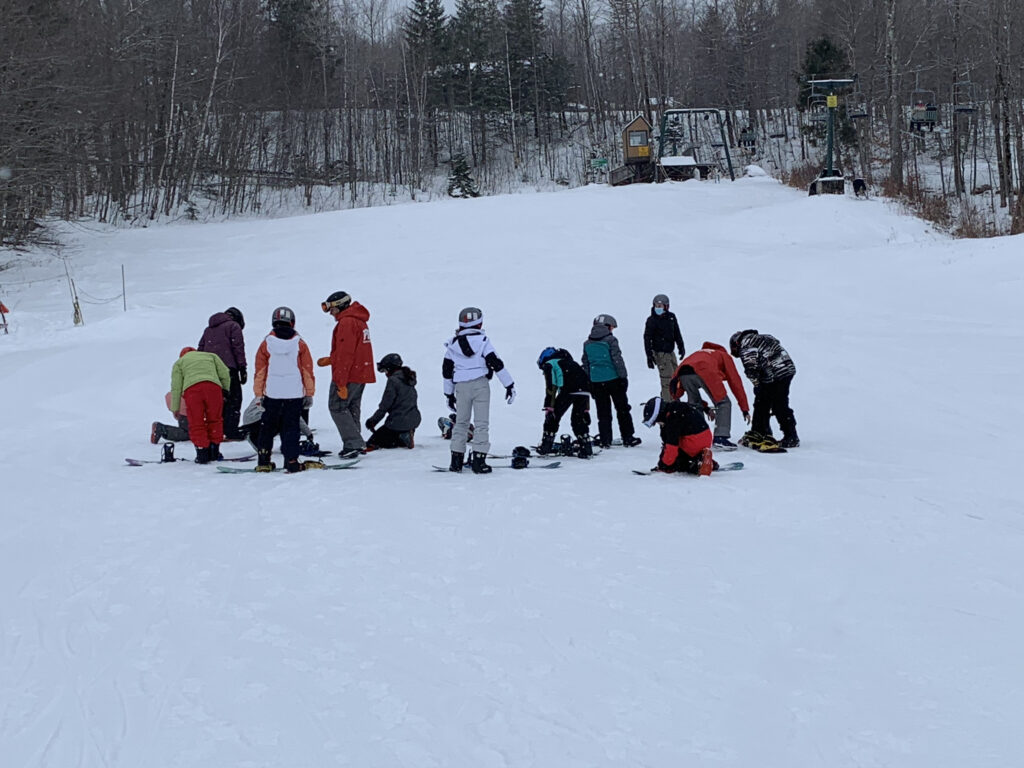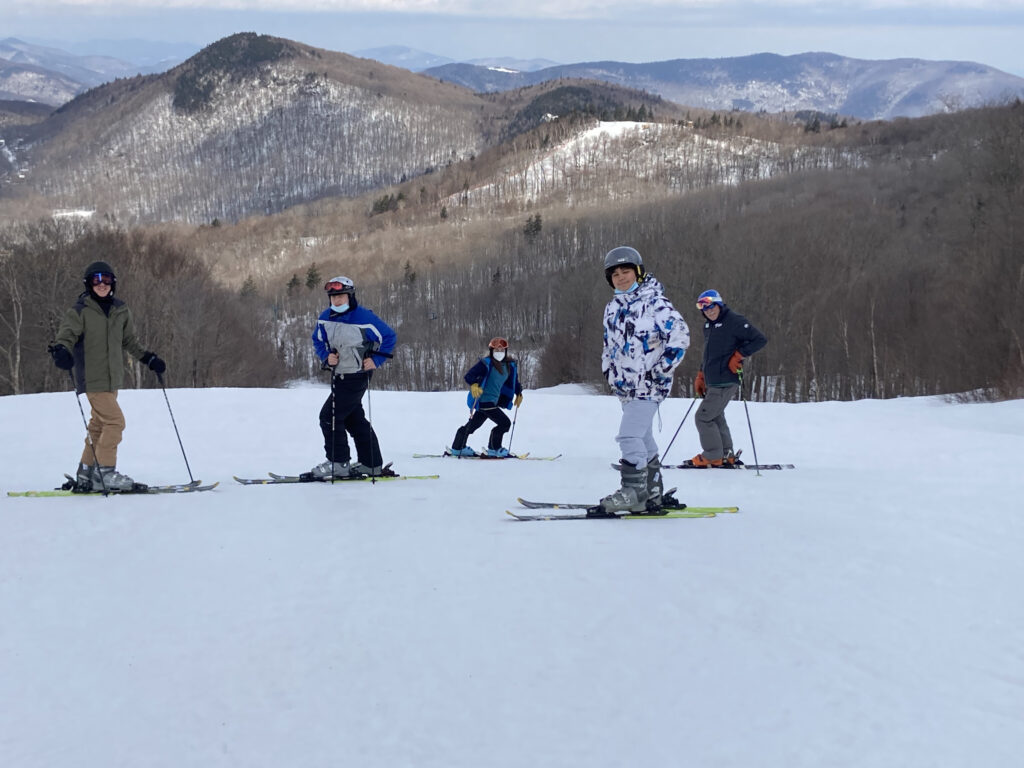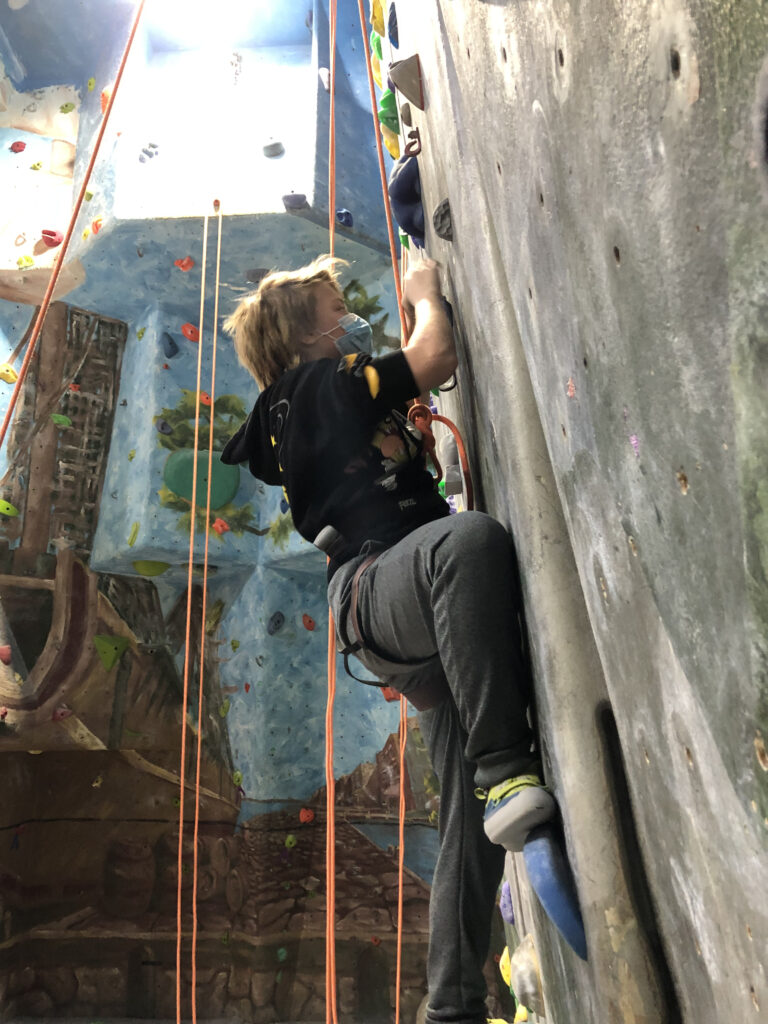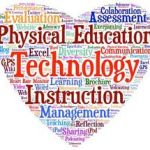As we move through another calendar year impacted by COVID, I find myself taking stock of what’s important for our young people. While this pandemic has irrevocably changed all of us, it has perhaps impacted children and young adults even more significantly. What’s more, our schools have been tasked with nearly impossible charges. Keep humans safe and healthy. Monitor them and test them when necessary. Communicate to all as health and safety issues arise. Recover any slides in social and emotional skills. And teach young minds to learn. It’s clear to me now that schools can’t be asked to do it all.
Why do we need to focus on well-being now?
We must support schools to prioritize critical areas of importance and need. In our schools, what could be more important than creating opportunities for human connection? Is there anything more valuable than making space for overall well-being? In response to what students and teachers were needing, Rutland Middle School (RMS) created and implemented their first year of a new program called Lifelong Sports. In this program, every student at the middle school would be able to choose and participate in some exercise or sport that can be done well into adulthood.
While some places have been able to pull off ski and outdoor programs, a full program involving all students had never happened at Rutland City Middle School. Within a global pandemic, this took a lot of vision and orchestration to execute. But the school staff, students, and community all pulled together to make it happen.
Connecting beyond the classroom
For six weeks this winter, all of the 7th and 8th grade students were able to participate in a wide range of activities in their local community. Students could choose to go indoor rock climbing or virtual golfing. Others learned to ice skate, curl and play ice hockey. Some chose to learn fitness and take exercise classes at a local gym. Several students learned bowling and racquet sports. Quite a few students went out in the snow. They snowshoed or went nordic skiing at Mountain Top or alpine skiing or snowboarding at local Pico Mountain. The school’s Physical Education teacher, Geoffrey Bloomer, and Director of Student Engagement, Erica Wallstrom spearheaded this first take on the RMS Lifelong Sports program. The two purposely chose activities for students that they could enjoy throughout their lives: hence, lifelong sports.
What’s even greater than giving kids these opportunities? To also give teachers the opportunity and chance to participate with them. Because, building those connections between students and teachers out in the read world is invaluable. “The program has allowed students to see their teachers in a different setting and it has allowed our teachers to make a rapport with the students that is not subject specific,” says Bloomer. Another teacher commented that her students were able to see her as a learner, too. That shift in perspective can be huge.
Students can gather great empathy when they see that adults are often learning new things, too. Teacher Chris VanSciver noted,
“It’s an invaluable lesson for a young person to see an adult literally fall down, brush themselves off, and try again.”
Another teacher echoed his sentiments. She also saw kids become cheerleaders for their learning teachers.
“It’s great to hear students encouraging me down the mountain.They knew I was a new learner. It was also great just to have outdoor time with the kids and to encourage them when they were learning a new skill. I laugh a lot more outdoors” teacher Roxane Johnson-deLear.
Laughter is the best medicine.
Focusing on everyone’s wellness
Building connections among students is important, as well as developing bonds between teachers and students. But this program pushed other crucial outcomes. One of the goals was to inspire students to focus on lifetime wellness activities. Wallstrom and Bloomer selected activities because they were something both local and doable into adulthood. Students initially learned how to do the sport or activity of choice, and then were able to advance into more fun and challenging levels of fitness. Ultimately, students were also exposed to the resources and connections for continuing this wellness activity after the program’s end. One community sponsor – Pico Mountain – generously offered their ski school passes to extend through the season, including rentals. That was a big deal to some of the kids!
This program wasn’t just good for the participants, but it benefited the community, too. Many teachers at Rutland Middle School noted the enthusiastic support of their community partners. These organizations and businesses were thrilled to open their doors and slopes to students. They kindly made their programs available for a nominal cost. District and school administrators pulled this off by allocating both school funds and grant funding. As a result, teachers were both proud of their students and proud of their community sponsors. This whole endeavor shows a real commitment to both personal wellness and community wellness. Well children are an indicator of a well community.
Want to start your own Lifelong Sports Program? Here are some quick steps:
Brainstorm – Start a list of providers of lifelong sports in your community.
Ask and (hopefully!) You Shall Receive – Simply approach the organizations about their interest and availability for your programming.
Negotiate Your Price – Be upfront with the organizations about what you can afford to pay. Some may have school rates already in place. If you are able to come at non-peak times, many places are able to offer huge discounts.
Grant and Sign – Because of the nature of the activities, all kids and parents had to complete all sorts of waivers and permission slips in order to participate.
Organize and Group – A ton of google spreadsheets were utilized in this process.
Just Do It – Teachers and students put on their sneakers, ski boots, and bowling shoes to learn together and have fun!
Reflect – Make sure to leave time for teachers and students to reflect on what worked and what could happen differently next time.
Educator Wellness for the Win
To close, I want to note that educator wellness is an important issue at the moment. And it appears that this program helped the RMS teachers feel more…well. In addition to getting some exercise and fresh air, teachers reaped the benefits of smiles and laughter. If you want to learn more about other steps schools are taking towards educator well-being, read about how one district gave teachers more time. It resulted in teachers and faculty feeling less stressed and burned out. And in another early-pandemic post, we share how schools can center care and love during these tense and unpredictable times.
Because these are still tense and unpredictable times. And we need systems that support the well-being of our teachers and students alike.
Now, I’d love to hear from you.
How have you seen a school prioritize wellness?
What structures have been created to make space for human connection?


